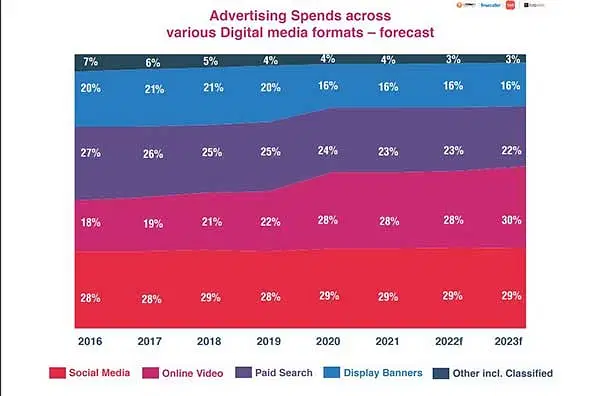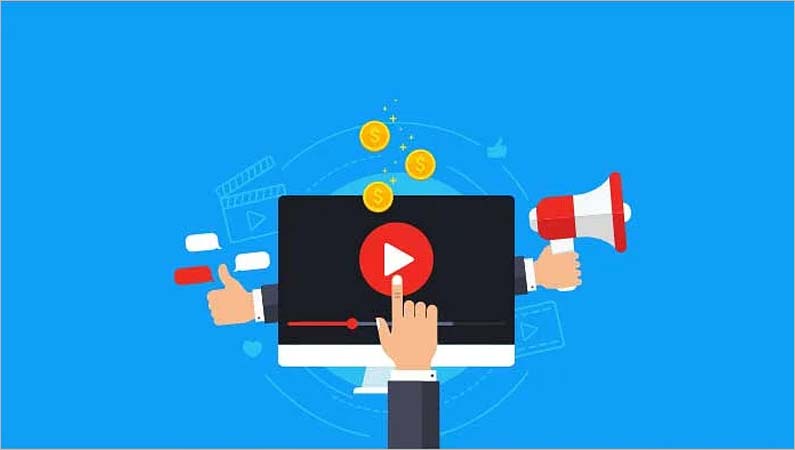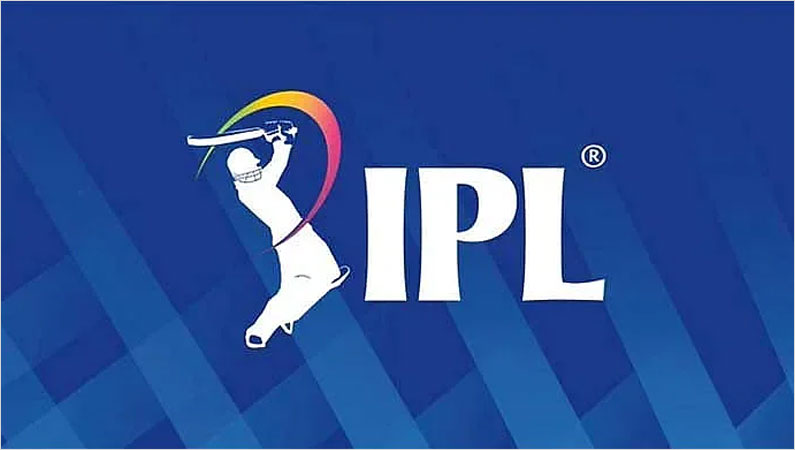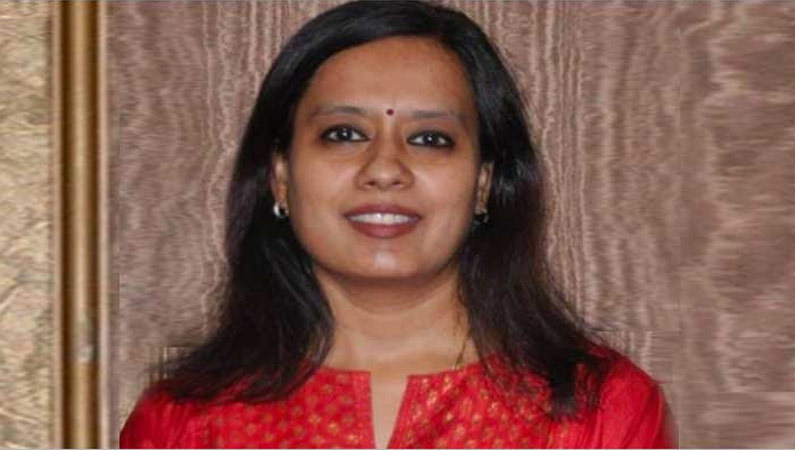Industry observers say while social media still bags the highest share of digital media revenues, video offers a 360-degree engagement experience and is the easiest way to communicate
While social media remains the strongest platform on digital media commanding the highest proportion of spends, as per e4m-dentsu Advertising Report 2022, its share in the overall digital pie has been stagnating for some time now. From 28 per cent in 2016, it attributed to 29% of the overall digital media pie in 2021 and is now forecasted to contribute equally in the next two years as well. On the other hand, its close counterpart, online video, is constantly growing in proportion – from 18 per cent in 2016 to 28 per cent in 2021.

This interesting interplay tells a lot about the changing consumer habits and will have a lasting impact on the content and influencer industry, say industry insiders.
While the share of the medium remains constant, social media still demands the highest share of revenues when it comes to digital media. It claimed Rs 6,218 crore in 2021, indicating that the popularity of the medium is not diminishing amongst the brands. Online video closely follows at Rs 5,907 crore, showing that it’s just the content that is getting a shakeup.
Confirming this was Vavo Digital CEO & Founder Neha Puri, “Even with social media content being consumed every day by millions of users, there is a sense of stagnancy where nothing new is being catered to the audience. The brands and marketing teams have to think out of the box to create something unique to grasp the audience's attention.”
Will influencer marketing take a hit?
According to Aarushi Sethi, Pollen (Zoo Media) Business Head, the stagnating share of social media marketing was never really directly connected to influencer marketing. “Earlier, the social media pages of brands were being managed by their digital agency. Most of the influencer content that the brands did was on the influencer handle, whereas their social media was on the brand handle. Today the content that influencers are creating is moving beyond social media. Video content is being used in the form of social commerce and live commerce on platforms like Myntra, Glance, Roposo and Trell where it's not for a social media strategy but purely more from a monetization or an affiliate marketing perspective that videos are being used on across multiple e-commerce platforms today.”
Sharing more insights, enlyft CEO & Founder Ajay Kudwa said, “Although for the last few years, we have seen a plateau on social media spending, video spendings have taken over. Hence, influencer marketing is no more a subset of social media. It is somewhere between social media and video marketing. Influencer marketing is growing at a healthy rate whereas traditional social media is not growing because of the P2P model of reviewing and testing. People prefer opinionated content over branded content. Some of the brands have started allocating influencer marketing budgets in video marketing.”
Everything boils down to Video
Booming creativity, democratisation of content, and changing attention span – there is a lot that is contributing to the boom of video content.
BBDO Chief Creative Officer & Chairperson Josy Paul shares, “You don’t need to be literate to watch a video. While text ads require consumers to be literate, videos don’t put any education bar. In the past, people didn’t have books. They used to pass on information to the next generation by way of discussions and speeches. That was a kind of video format only. Video is the easiest way to communicate hence it will always stand out.”
Sethi corroborates, “I think today's digital generation is born in the era of video. I think video is the only form of content that today's generation knows how to consume. I don't think they ever consumed audio formats or even for that matter, static images, everything for them or the digital world is on YouTube, is online, right? I also think because video is much easier to consume as a format today, that even if you can't read the language today, you can still watch a film in an alternate language and enjoy it. It's not the same with any other format.”
What the future holds
The online video industry has a great scope to grow with the whole ecosystem getting supportive. It also has a huge space for evolving. As the world goes Meta and technology seeps in deeper, the future for the video industry looks brighter than ever.
Kudwa notes, “This generation is a show-and-tell generation. With the usage habit of millennials and advent of short-video platforms, it is easier to express yourself in a video. Moreover, access to high-speed internet video is becoming worldwide more prominent for creating content. It’s a 360-degree engagement experience both for the creator and the user. We will see more compelling content in video in the form of VR and AR.”
Sharing more on what the future looks like, DigiChefs Co-founder Deep Mehta says influencer content on commerce platforms will see major growth. “I strongly feel people will look for dedicated video platforms to consume video content in. Showing video content in a food delivery app or a fashion app or a payments app might not work in the long run. I think brands will have to leverage video in other fashions rather than de-focusing their energies into building a video platform. There are already influencer-based shopping platforms where their content has grown outside the typical social media platforms. In times to come, we can easily expect this content to become omnichannel in the true sense.”











